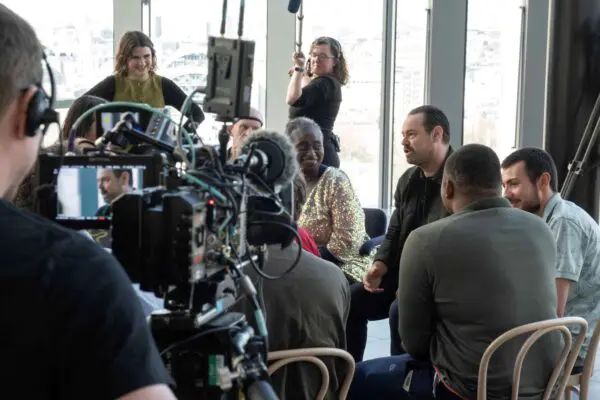CSDo you think their star presence in Death Stranding helps legitimise games more in the eyes of other creative industries? When big names are involved, does that help push the medium forward?
HKGoing forward, I don’t know if other games will work with celebrities. It’s quite a big burden on the creator.
However, this time, as we featured actors connected to the film industry, it’s become clearer that the distinction between games and films is starting to dissolve. I’ve heard stories from a variety of people – from active film workers, producers, directors, screenwriters, actors, artists, composers – who all say that their respect for games is very high. In particular, those in the film industry in their 40s or younger grew up in the age of video games. They remarked, “[We] were raised with games. From them, we learned storytelling, art and music. I’m doing work in film now, but my respect for games is special.”
In photorealistic games, most characters are created from 3D scan materials taken from real people, from their face, skin, bone structure. Movement, expressions, and voices are the same. With modern resolutions and using only tools, it’s very difficult to create a person from scratch that feels natural and human. Most studios already follow this process as a general technological base, whether in movies or games. With this in mind, the natural next step would be working with elements from professional actors, utilising their unique ages, charms, acting styles, expressions, movements and voices.
What shortcuts can you take to push in-game character creation even further? I’m sure a smart person would know the answer.




